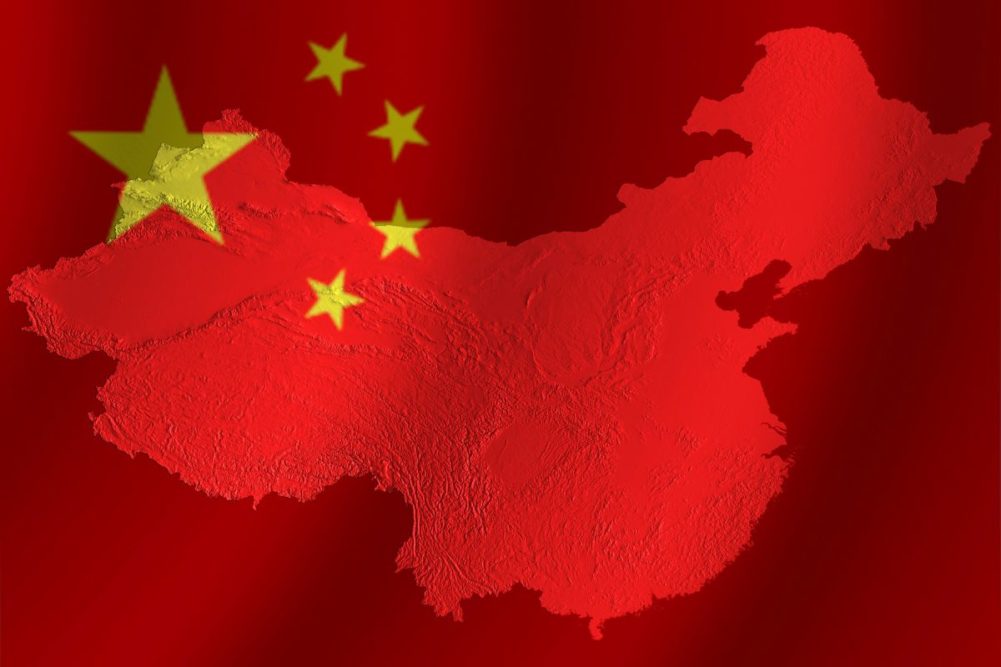KANSAS CITY, MISSOURI, US — Discourse in recent days about China’s sputtering economic growth has centered on potential ramifications for the global economy and geopolitical conflict as well as whether political stability in China will endure. Signs China’s decades long economic boom may be winding down also raise important issues for global agricultural trade.
Concerns have been on the rise ever since a robust economic rebound failed to materialize after China loosened its suffocating COVID-19 restrictions last December. Worries the music has stopped have mounted more recently. Data last month showed no improvement in an extended real estate slump, rising unemployment, disappointing manufacturing activity amid an export lull and sluggish consumer spending.
A look back at the seemingly unstoppable growth China has enjoyed over the past generation helps put the current stumble, and its potential impact on agriculture trade, into perspective.
It’s difficult to fathom what nearly uninterrupted economic growth over such a long period of time has meant for China. During the 11-year tenure of Deng Xiaoping, considered the architect of China’s economic wonder, per capita gross domestic product doubled to $311 in 1989 from $156 in 1978, according to World Bank data. With consistent growth afterward, the figure grew to just shy of $1,000 in the year 2000, $4,550 in 2010 and $12,720 last year.
In agricultural trade, China’s cumulative impact also has been dramatic, over an even shorter period of time.
Growth in China’s appetite for meat over the past 20 years was made possible only by a transformation of global soybean trade. In the late 1990s, China was importing roughly 3 million to 4 million tonnes of soybeans per year, accounting for less than 10% of global trade averaging 40 million tonnes per year.
Around 2010, China’s soybean imports rocketed to more than 40 million tonnes per year, a figure eclipsing total global trade in the 1990s and accounting for about 50% of total trade that had swelled to about 80 million tonnes. By the late 2010s, China’s appetite for soybean imports had doubled, hitting 82 million tonnes in 2018-19 and 94 million tonnes the following year, accounting for 71% of total trade the first year and 74% in the second. The United States during this period exported around 45 million tonnes of soybeans per year to all destinations — about 40% of its crop.
For 2023-24, China is projected to import 99 million tonnes, or about 60% of global trade with the United States forecast to export 50 million tonnes.
Diminution of China’s appetite for soybeans would ease upward pressure on global prices for soybeans and products and perhaps would have spillover effects on feed grains and wheat.
Even before the weakness of China’s economy became apparent, parsing prospects for its meat consumption was complex. While the percentage of China’s population who consume meat regularly is greater than in many developed countries, per capita consumption is far behind the United States.
Still, a growing number of consumers in China are avoiding meat consumption for health and other reasons, and analysis by McKinsey said the mix of meats consumed is changing. Pork accounts for 60% of meat consumption followed by chicken and then beef. But chicken is growing fastest, and shifts may have a marked effect on soybean import needs.
Notwithstanding the seemingly endless expansion of China’s soybean imports, growth in meat consumption has slowed. A July study by Fred Gale and Fengxia Dong from the Economic Research Service (ERS) of the US Department of Agriculture showed per capita meat consumption grew 39% between 2000 and 2014 but has only grown 6% since then. China’s per capita consumption grew to 154 pounds in 2022 from 106 pounds in 2000.
The ERS said meat consumption since the 1990s has been relatively insensitive to price swings. The department currently is forecasting future disappearance to grow 46 pounds between 2021 and 2031. What remains to be seen is the effects economic weakness, a rarity since the 1990s, and a growing mistrust of China’s ruling government may have on this outlook. The impact will be felt across the world.
Josh Soland is editor in chief of Food Business News and Milling & Baking News, sister publications of World Grain.




